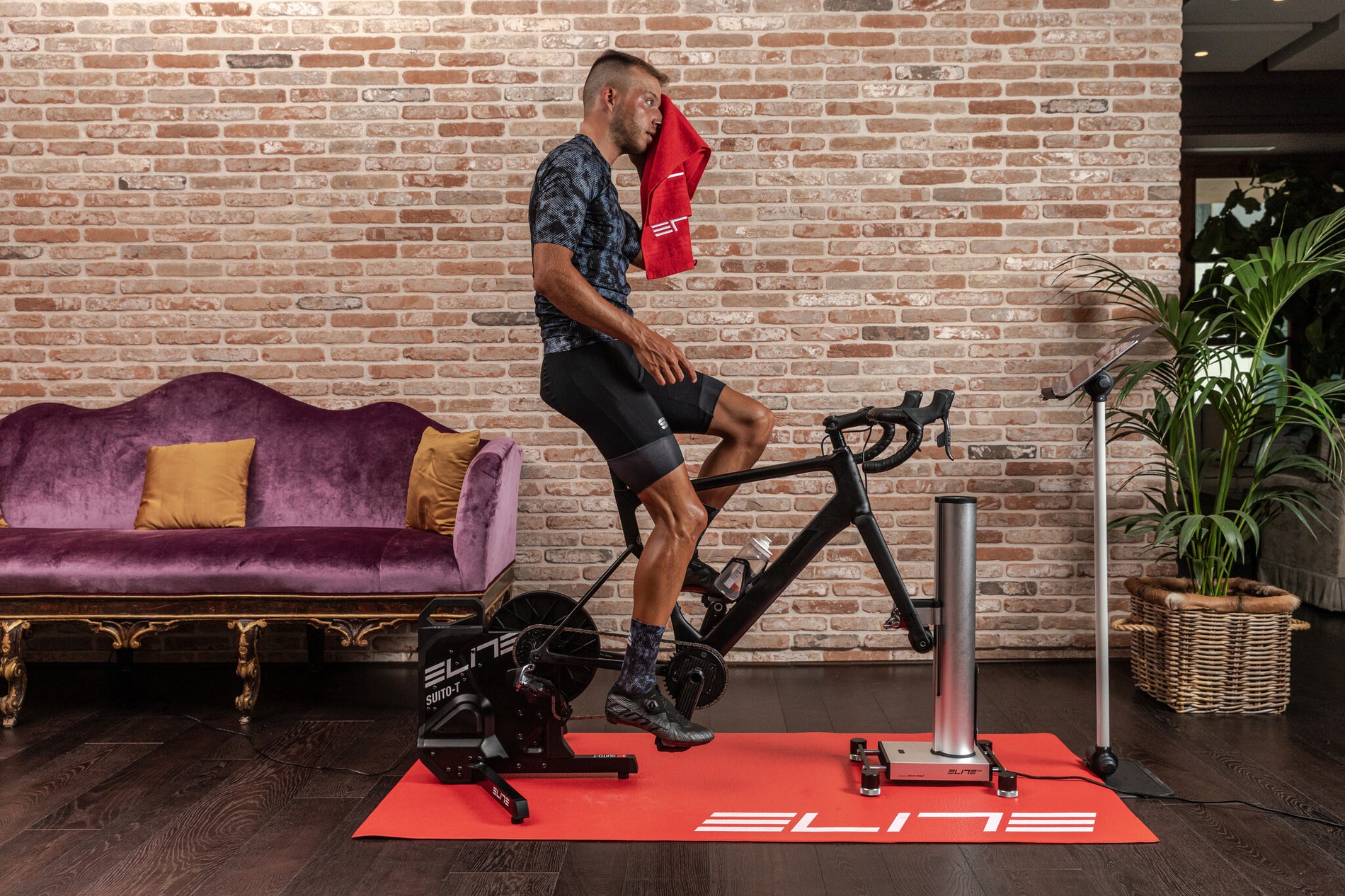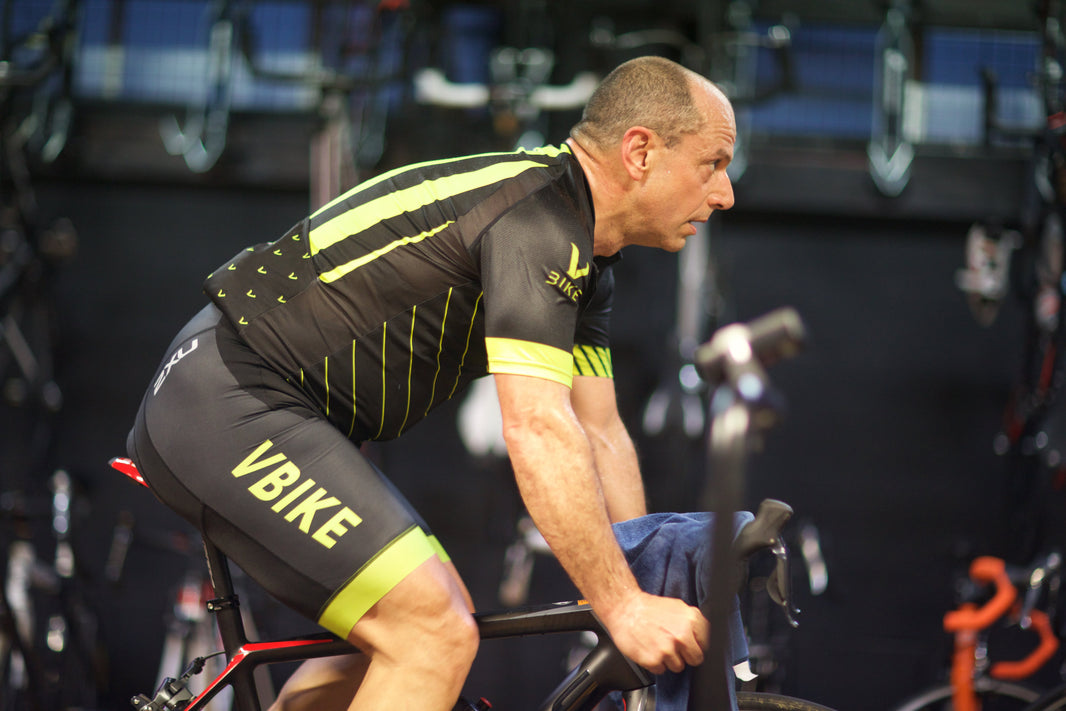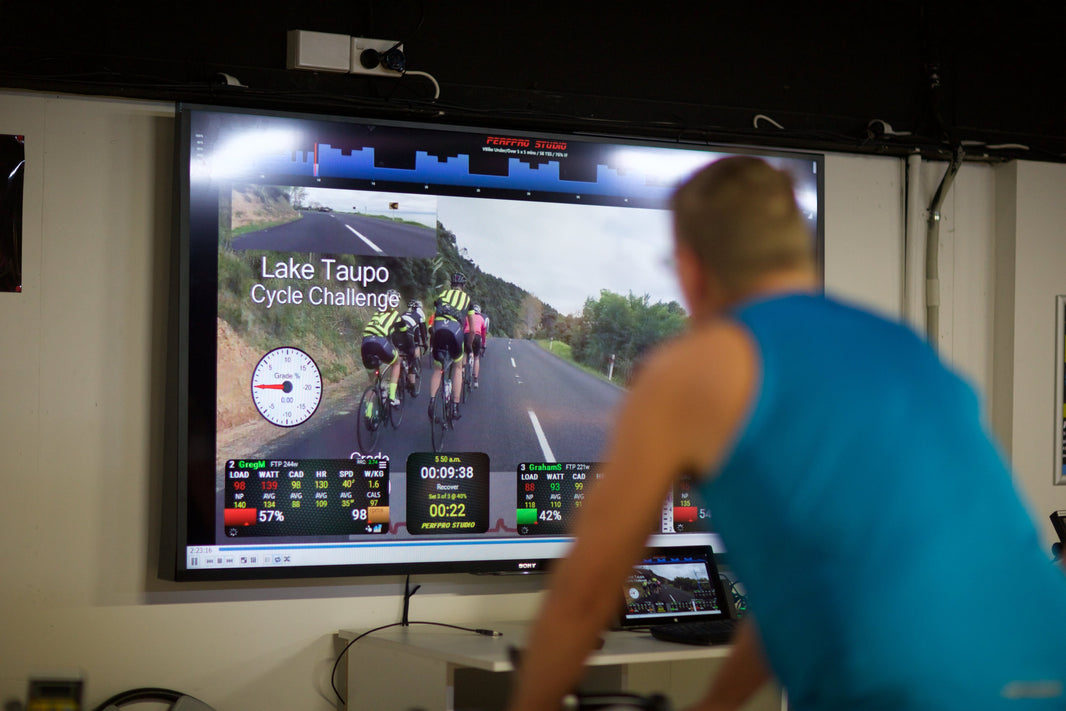When it comes to improving your VO2 max, cycling at low heart rates may not be the first strategy that comes to mind. However, incorporating low heart rate cycling into your training routine can be a game-changer for enhancing your cardiovascular fitness and elevating your VO2 max. In this blog post, we'll delve into the science behind low heart rate training and how it can help increase your VO2 max, leading to improved endurance and performance.
-
Understanding VO2 Max and Its Importance: Before we dive into low heart rate cycling, let's quickly recap what VO2 max is and why it matters. VO2 max refers to the maximum amount of oxygen your body can consume during intense physical activity. It is a key indicator of cardiovascular fitness and endurance. By increasing your VO2 max, you enhance your body's ability to deliver oxygen to your working muscles, improving performance and delaying fatigue.
-
The Science of Low Heart Rate Cycling: Low heart rate cycling involves training at an intensity where your heart rate remains in a specific range, typically around 60-70% of your maximum heart rate. This lower intensity allows you to exercise for extended durations without accumulating excessive fatigue. During low heart rate cycling, your body primarily relies on aerobic metabolism, utilizing oxygen as the main energy source.
-
Building an Aerobic Base: Low heart rate cycling is instrumental in building a strong aerobic base, which forms the foundation for improved endurance and a higher VO2 max. By training at a lower heart rate, you stimulate the development of new capillaries, increase the number of mitochondria (the powerhouse of cells), and improve the efficiency of your aerobic energy system. These adaptations enhance your body's oxygen utilization and delivery capacity, leading to an improved VO2 max.
-
Longer Durations, Steady Effort: To maximize the benefits of low heart rate cycling, aim for longer-duration rides, typically ranging from 1 to 3 hours or more. Maintain a steady effort throughout the ride, focusing on keeping your heart rate within the desired range. This sustained effort challenges your cardiovascular system, gradually increasing your VO2 max over time.
-
Progressive Overload: To continually improve your VO2 max with low heart rate cycling, incorporate the principle of progressive overload. Gradually increase the duration and/or intensity of your rides as your fitness level improves. This progressive challenge pushes your body to adapt and further enhances your cardiovascular fitness and VO2 max.
-
Combining Low and High-Intensity Training: While low heart rate cycling is an effective method for boosting your VO2 max, incorporating some high-intensity intervals can further optimize your training. By adding short bursts of higher intensity efforts during your low heart rate rides, you challenge your cardiovascular system and stimulate additional adaptations. For example, include brief 30-60 second sprints or hill climbs at a higher intensity before returning to your low heart rate zone.
-
Consistency and Recovery: Consistency in training is crucial for improving your VO2 max with low heart rate cycling. Aim for at least three to five sessions per week, gradually increasing the duration and intensity as your fitness improves. Additionally, prioritize recovery and rest days to allow your body to adapt and maximize the benefits of your training.
To conclude, low heart rate cycling is a powerful and often overlooked method for increasing your VO2 max. By incorporating longer-duration rides at a steady effort, you can build a strong aerobic base, enhance oxygen utilization, and improve your cardiovascular fitness. Remember to progressively challenge yourself and strike a balance between low and high-intensity training. With consistent training and proper recovery, you'll witness improvements in your endurance, performance, and VO2 max. At the VBike cycle studio we have a wealth of workouts and training plans ready to help you along your fitness journey. Please get in touch or visit us on 23 Westhaven drive, Auckland CBD, to find out more.







